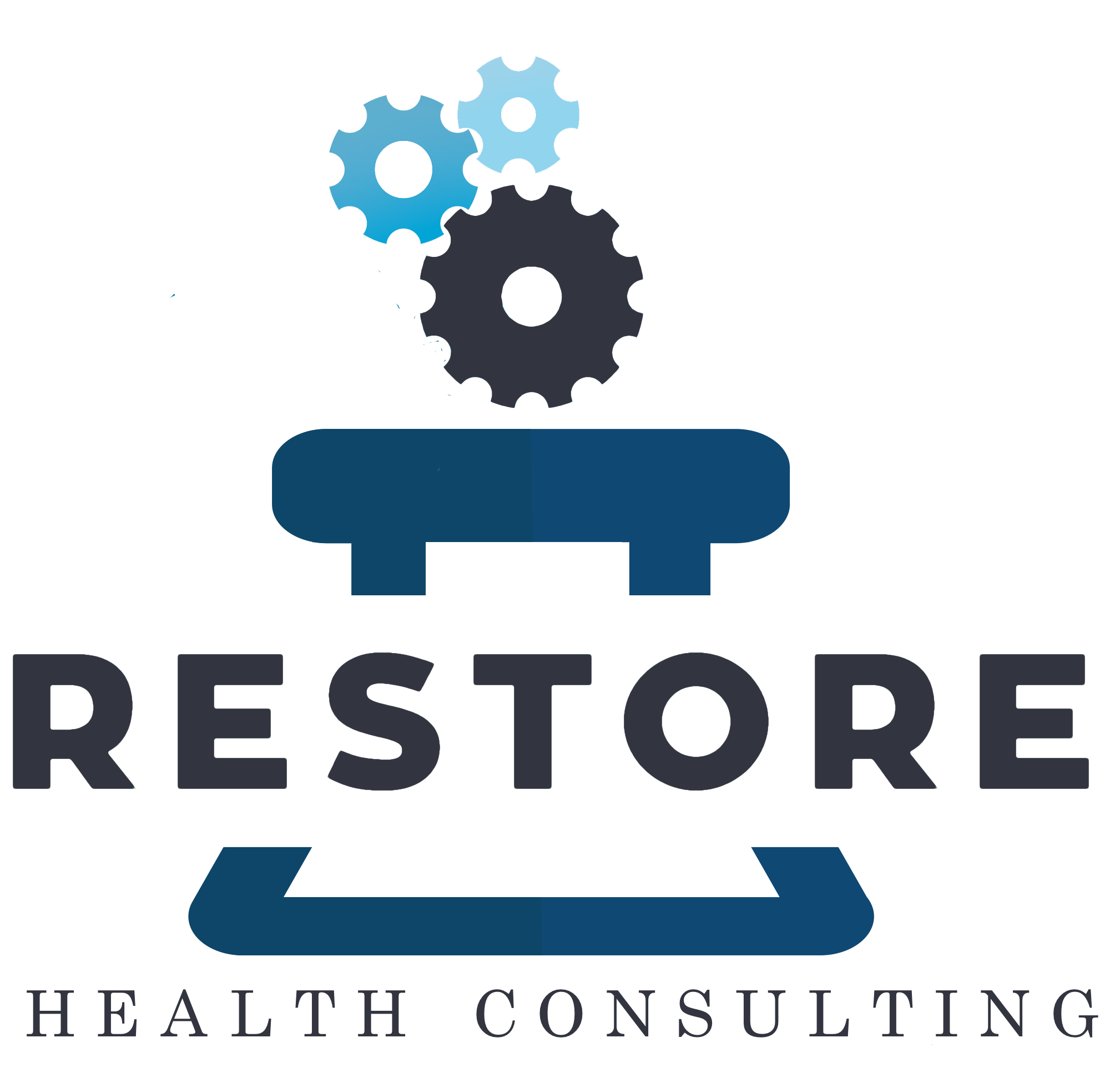IJPC Article Spotlight: How to Produce a Well-Closed Sealed Vial in a Regulated CGMP Environment
The International Journal of Pharmaceutical Compounding published an article in the Jul/Aug 2021 Issue - Volume 25, Number 4, titled, “Quality Control: How to Produce a Well-closed Sealed Vial in a Regulated CGMP Environment.”
Doral (Neal) O Higgins and Melanie J Prudom of West Pharmaceutical Services, Inc., in collaboration with Amy Summers of Restore Health Consulting wrote the article so that compounders could walk away with a deeper understanding of container closure integrity as it relates to the Current Good Manufacturing Practice – Guidance for Human Drug Compounding Outsourcing Facilities Under Section 503B of the Federal Food, Drug and Cosmetic Act Guidance for Industry document.
We wanted compounders to be able to have confidence in the integrity of their sealed vial preparations. This article focuses on the equipment selection and qualification processes needed to create a well-closed vial and to ensure patient safety. We discuss how to apply CGMP concepts to practice so that compounders can maintain compliance with the Agency.
-Amy Summers, PharmD, BCSCP, Restore Health Consulting
Compounded sterile preparations (CSPs) that are packaged into vials maintain their quality attributes throughout their shelf life if the container closure system is properly sealed and well-closed. CSPs that fail to meet container-closure integrity requirements are deemed adulterated by the Federal Food, Drug and Cosmetic Act. Although the article is aimed at helping 503B outsourcing facilities maintain regulatory compliance, 503A compounding pharmacies may also find the qualification process described useful for avoiding inadvertent failures in container-closure integrity.
Key Take-Aways to Producing a Well-Closed Vial
Production and process controls must be written, detailed, validated, and followed (no freelancing!).
Select a container closure system that meets the appropriate attributes and acceptance criteria.
A supplier with a high level of technical aptitude and extensive experience (e.g., West Pharmaceutical Services, Inc., etc.) can help with the component selection.
Verify the container closure integrity through testing.
